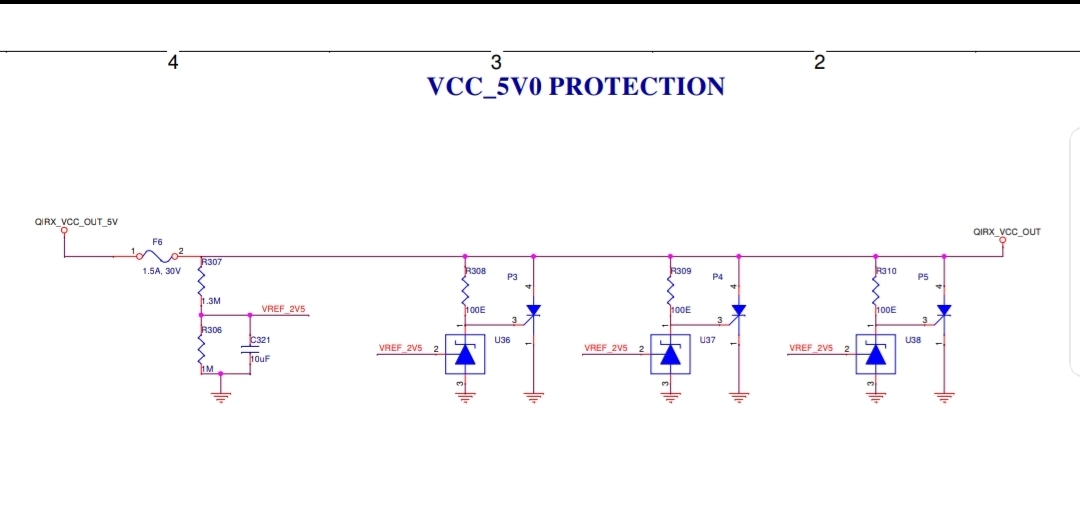Other Parts Discussed in Thread: TL431LI
Hi TI Team,
We are currently working in one of the project where we need to use shunt voltage regulation. We want to regulate the voltage at 5.7V. The maximum input current can be upto 1.5A
Can we use LM431 to achieve this?


